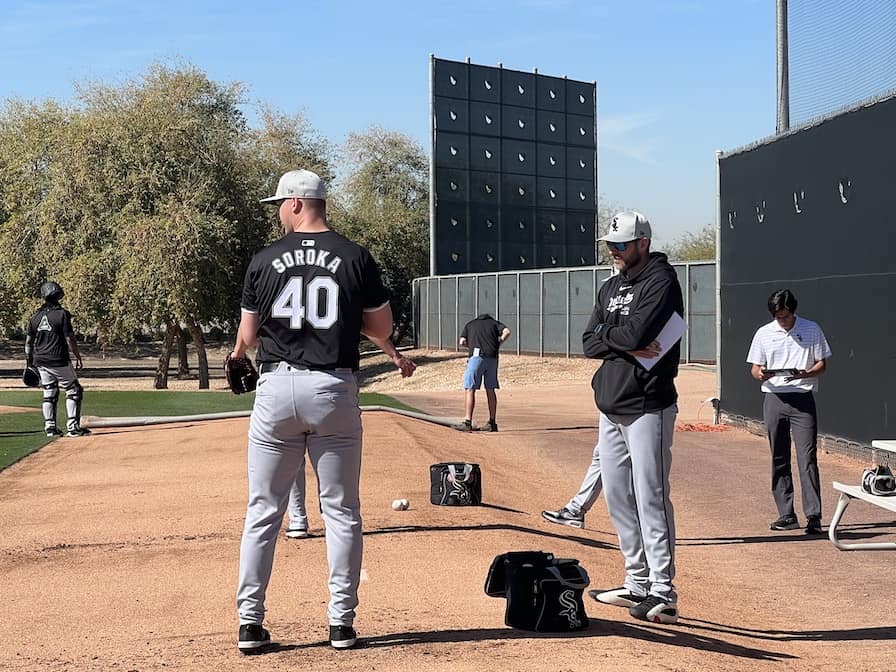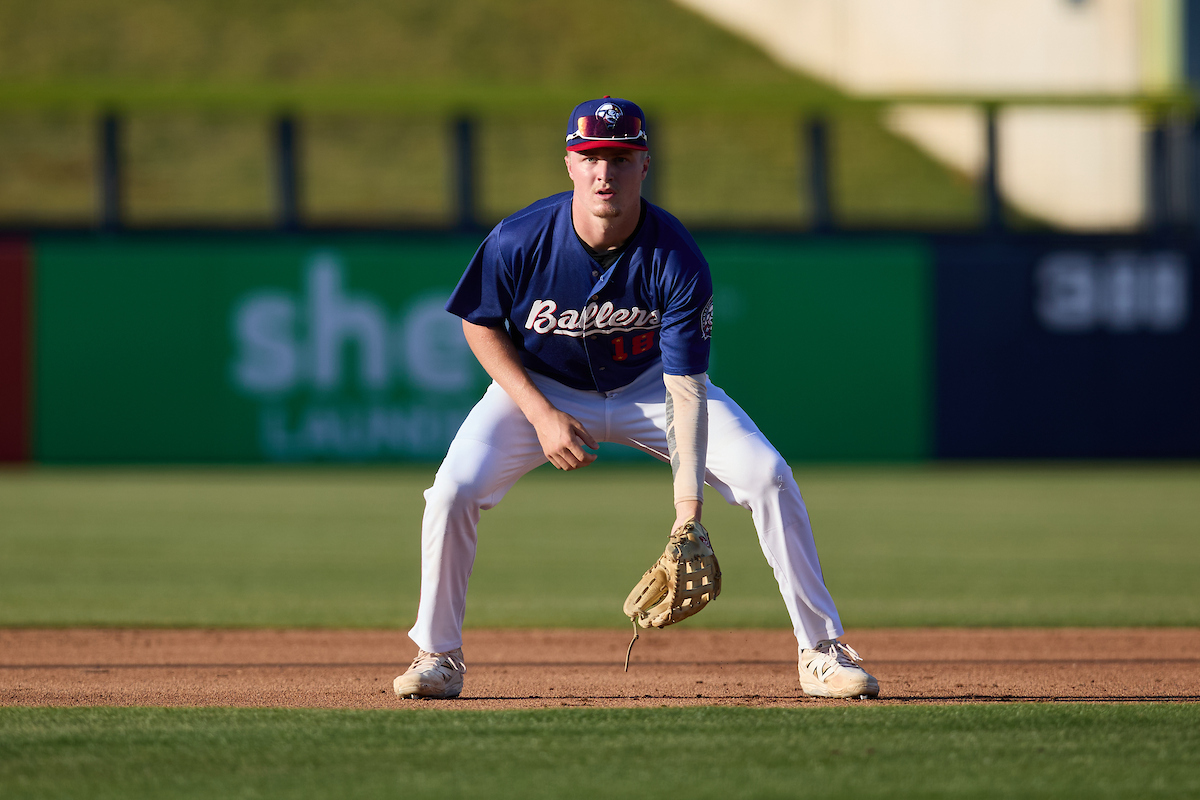Michael Soroka's march to a White Sox rotation spot continues apace. After meeting expectations with two innings in his spring debut last Monday, Soroka threw three innings with few issues on Saturday in the White Sox's 1-1 tie with the Padres.
The main difference is that the game was viewable on webcasts from Peoria Sports Complex, so we could get a look at how his stuff plays beyond what the stat line suggests.
Just like James wrote about last week, Soroka no longer features the dramatic tilt when he rears back to chart the course for a high-slot release. I was wondering whether he shortened his arm swing like a few White Sox success stories have done, but that didn't seem to be the case either. Instead, it looks like a fairly typical three-quarter delivery.
Though the visuals were closer to 2023, the results were Soroka's 2019 brand of typical, as he allowed a run on two hits and a walk while striking out five.
Depending on how you view pitcher luck, that run may or may not have been earned. Soroka made his own trouble with a four-pitch walk to Jake Cronenworth with one out, and then Cronenworth came around to score on a deep drive by Manny Machado that Luis Robert Jr. should've flagged down on the warning track after a long run. His glove just didn't find it.
Counterpoint: Soroka hung a breaking ball to Machado earlier in the at-bat, and Machado missed a two-run homer by a few feet foul. The fastball Machado "doubled" on was up and over the plate as well. You could argue that Soroka deserved no runs on his tab, but you could also argue that two would've been justified. One splits the difference, and Soroka sounded willing to accept the charges in his post-start assessment:
“In the first inning, I was just a little excited again, not letting my lower half take me all the way down before I decided it was time to get on it,” Soroka said. “You could see that with the shape of everything; everything was kind of flat, backing up.”
After the first inning, however, he avoided those bad misses. He showed the ability to run both the four-seamer and sinker in on righties, and he grabbed a couple of wide-looking strikes off the plate glove-side. He threw two different forms of breaking ball -- one intended to grab strikes, and one intended to miss bats. The changeup arrived in the third, and he got a groundout and a strike looking.
He didn't look overpowering, but Soroka wasn't aesthetically dominant even during his breakout season with the Braves. It just worked, every five days. The question now is whether his two-seamer is strong enough despite the altered mechanics two Achilles tears necessitates, or if he has a way to take the stress off a lesser fastball, and against a decent San Diego lineup, each inning was easier than the one that preceded it.
Contrast that to ...
Garrett Crochet
... who needed 50 pitches to get through two innings after taking over for Soroka in the fourth.
More was asked of Crochet this time out. He pitched into a third inning, and while the high pitch count prevented him from facing more than one batter in the sixth, he at least completed a turn through the lineup. He also stretched out his arsenal a little more, throwing at least one changeup -- hard to tell sometimes, since it looks like a slower fastball -- with a few cutters mixed in along the way.
His slider is still lagging behind. Nobody is timing his fastball to lift it in the air with any authority, but because he's still struggling to find that classic swing-and-miss tilt on his breaking ball, foul balls extended a fair amount of plate appearances.
Crochet is otherwise throwing a lot of strikes, so he's not creating deep counts by spraying the ball. If he sheds his slider issues with more reps and/or a move from the desert air, it's not unreasonable to think he could throw four or five innings.
Even in his current Next Gen Matt Thornton Mode, one can imagine him providing a tough look to lineups that geared up to face Soroka, Erick Fedde, Chris Flexen or Michael Kopech. A tandem arrangement with Kopech would be ideal since they'd comprise a right-left combo that masks each other's inefficiency issues, but the Sox don't have the pitching depth to regularly reserve two pitchers for the same day.
Soroka and Crochet both have to prove they can make it through the remainder of the spring in one piece, but based on what they've been able to show, they'll be worth games, starts and innings in April. Based on the physical tolls they've paid the last few seasons and the uncertainty that lies ahead, they'll probably be taking it game by game, so using a month-to-month basis is ambitious by comparison.





